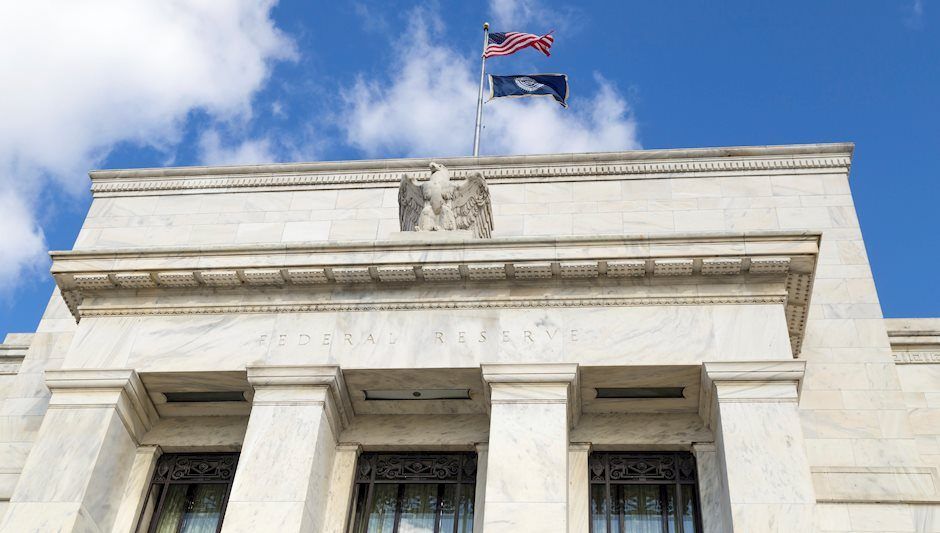Is the forex market ready for central bank shifts and housing price influences?

Markets
The Bank of Canada yesterday joined the Reserve Bank of Australia in starting a second leg of the policy normalization cycle after a premature pause (see below). Monetary policy just wasn’t sufficiently restrictive enough to bring supply and demand back in balance and return inflation sustainably to the 2% target. The Fed gets a free analysis as it contemplates engineering its own pause at next week’s meeting: US economic growth is slowing, although consumer spending remains surprisingly resilient and the labour market is still tight. On top financial conditions have tightened back to those seen before the failures in the US and Switzerland. Have it your way Powell and co, but don’t mind the “told ya” afterwards. US Treasuries sold off after the BoC decision which was only 50% discounted in Canadian money markets. Interestingly, the very long end of the curve underperformed. At the front end, investors remain convinced (rightly so) that the Fed won’t alter earlier guidance of pausing the rate hike cycle. At the long end, US real rates were responsible for the move rather than inflation expectations. This might imply a repricing of how high the natural interest rate in the US will be in coming years, boosting the case for “higher for longer” instead of “a higher peak rate” for now. US yields eventually added 7.7 bps (2-yr) to 13.6 bps (10-yr). German Bunds followed US Treasuries lower with German yields rising 8-9 bps for tenors up to 10-yr and by 5 bps at the very long end of the curve. US stock markets obviously didn’t welcome the higher real rates, losing up to 1.3% for Nasdaq. The dollar failed to benefit with European rates trailing the move. EUR/USD again closed almost unaltered near 1.07. EUR/GBP was also nearly unchanged in the end at 0.86.
Asian risk sentiment was mixed this morning and doesn’t offer much guidance for the start today. The May UK RICS housing price balance unexpectedly increased, extending a bottoming out process in place since the start of the year. House price developments show a similar pattern in other countries/economies regions as well and might eventually weigh in central bank decision making processes. The eco calendar is razor thin further out with only US weekly jobless claims. We are eager to find if core bonds remain in sell-off mode in the run-up to/putting pressure on Fed/ECB policy meetings next week.
News and views
The Bank of Canada yesterday resumed its hiking cycle by raising the policy rate by 25 bps to 4.75%, the highest in 22 year. The BoC also continues its quantitative tightening. The Canadian central bank had paused its hiking cycle since January to assess the impact of previous tightening on prices and activity. However, Q1 growth was stronger than expected (3.1% Q/Qa). The BoC acknowledged that consumer spending was surprisingly strong and broad-based. Demand for services, but also for interest sensitive goods increased. Recently, even housing activity had picked up again. The labour market remains strong. Concluding: excess demand is more persistent than expected. Inflation in April ticked up to 4.4%. The BoC expects inflation to ease to around 3% in summer, but with core inflation holding in the 3.5-4% range and excess demand to continue, concerns increased that CPI could get stuck above the 2% target, justifying the case for additional tightening. The 2-yr Canadian government bond yield jumped almost 20 bps (4.58%). Markets expect an additional rate hike in July or at the latest in September. The loonie initially strengthened from near USD/CAD 1.34 to the 1.333 area, but currently again trades in the 1.3365 area.
The National Bank of Poland left its policy rate unchanged at 6.75% on Tuesday. At the press conference yesterday, governor Glapinski held a (modestly) dovish tone. The NBP governor expects inflation (also core) to continue to decline quickly in the coming months and the decline in prices is spreading across categories beyond food and energy. Inflation is developing along that path the NBP expected and might slow to single digit levels in September. If the central bank can be sure that inflation will continue to fall in the coming quarters, this opens the opportunity for rate cuts. The NBP governor sees a good chance for the economy to make a soft landing, avoiding a recession. In this respect, he expects real wages to be positive from H2 2023. Markets discount the start of rate cuts in autumn. After testing the strongest levels against the euro since mid-2021, the zloty lost modest ground to EUR/PLN 4.49.
Author

KBC Market Research Desk
KBC Bank

















